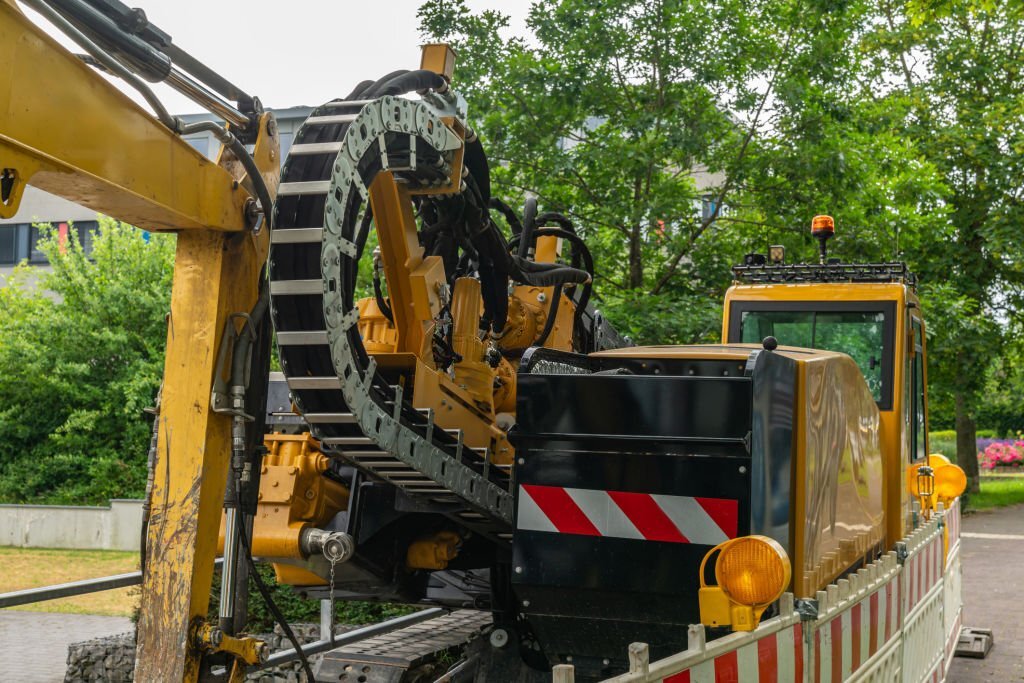
Introduction:
Trenchers are an essential category of heavy equipment widely used for excavation and trenching in various industries. Understanding the classification of trenchers is crucial for selecting the most suitable equipment for specific trenching needs. This article provides an in-depth exploration of how trenchers are classified within the category of heavy equipment. We will examine the classification criteria, including size, mobility, power source, and attachment type. By gaining insights into the different classes of trenchers, you can make informed decisions and optimize your trenching operations.
I. Classification by Size:
Trenchers can be classified based on their size, which determines the scope and scale of the trenching operations they can undertake. This classification typically includes three categories: compact trenchers, medium-sized trenchers, and large trenchers. Compact trenchers are smaller machines suitable for light-duty and narrow-space trenching. Medium-sized trenchers strike a balance between versatility and power, capable of handling a wide range of trenching tasks. Large trenchers are heavy-duty machines used for large-scale projects requiring deep and wide trenches.
II. Classification by Mobility:
Trenchers can also be classified based on their mobility, which determines their ability to navigate different terrains and work environments. The common classifications based on mobility include walk-behind trenchers, ride-on trenchers, and tractor-mounted trenchers. Walk-behind trenchers are manually operated and highly maneuverable, making them ideal for tight spaces and smaller projects. Ride-on trenchers provide operator seating and improved control, suitable for larger projects and extended use. Tractor-mounted trenchers are attached to tractors and offer high power and versatility for demanding trenching applications.
III. Classification by Power Source:
Trenchers can be classified based on their power source, which determines how they generate the force required for trenching. The primary classifications based on power source include hydraulic trenchers, mechanical trenchers, and hydrostatic trenchers. Hydraulic trenchers utilize hydraulic systems to power the digging chain or wheel, providing high torque and precise control. Mechanical trenchers use engine-driven components, such as belts and gears, to generate the digging force. Hydrostatic trenchers employ hydrostatic transmissions, offering smooth and efficient power delivery.
IV. Classification by Attachment Type:
Trenchers can also be classified based on the type of attachment they use for trenching. This classification includes chain trenchers, wheel trenchers, and vibratory plow trenchers. Chain trenchers use a digging chain with cutting teeth to excavate the soil. Wheel trenchers employ a rotating wheel with cutting teeth to cut through different surfaces. Vibratory plow trenchers utilize vibrating blades to create trenches while displacing the soil to the sides. Each attachment type has its own advantages and is suitable for specific soil conditions and project requirements.
V. Other Classifications:
In addition to the aforementioned classifications, trenchers can be further categorized based on specialized features or industry-specific requirements. For example, some trenchers are designed specifically for rock cutting or micro trenching applications. Rock trenchers are equipped with specialized attachments and teeth to handle challenging rock conditions. Micro trenchers are designed for narrow and shallow trenching, often used in urban areas with limited space.
Conclusion:
Trenchers within the category of heavy equipment are classified based on various criteria, including size, mobility, power source, and attachment type. Understanding these classifications is crucial for selecting the right trencher for specific trenching needs. Whether you require a compact walk-behind trencher for small-scale projects, a ride-on trencher for versatility and comfort, or a tractor-mounted trencher for heavy-duty applications, the classification criteria will guide you in making informed decisions. By considering size, mobility, power source, and attachment type, you can optimize your trenching operations and ensure successful outcomes in various industries, including construction, utilities, and landscaping.

